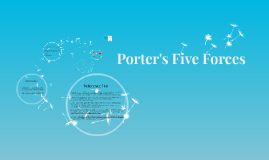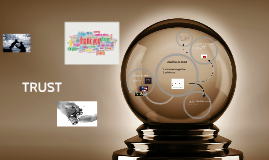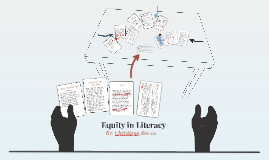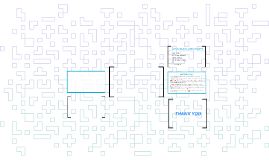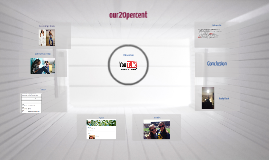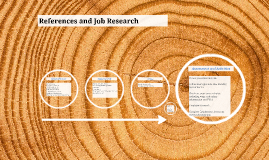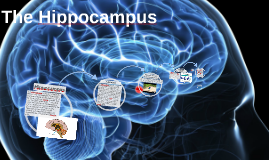Reference List
Transcript: Yi Cheng (Kelly) 440618773 Lin Yang (Lin) 460140739 New templates: competitive rivalry, buyer power, supplier power, new entrants, and substitutes, including: specific force six to eight contributing threats threat level a square box labeled DF space for indicating key opportunities and threats (Dobbs, 2014). Limitations less likely to take into account new business model Improvement-a useful instrument Conclusion Conklin, D. and Tapp, L. 2000, ‘The Creative Web’, Ivey Business Journal, vol.64, no. 5, pp. 62-68, viewed 8 April 2016, <http://go.galegroup.com.ezproxy1.library.usyd.edu.au/ps/i.do?p=EAIM&u=usyd&id=GALE|A64161164&v=2.1&it=r&sid=summon&userGroup=usyd&authCount=1 >. Dobbs, M. 2014, ‘Guidelines for applying Porter’s five forces framework: a set of industry analysis templates’, Competitiveness Review, vol. 24, no.1, pp. 32-45, viewed 8 April 2016, <www.emeraldinsight.com/1059-5422.htm>. Grundy, T. 2006 ‘Rethinking and reinventing Michael Porter’s five forces model’, Strategic Change, August, vol. 15, no. 5, pp. 213–229, viewed 8 April, 2016, <http://www.ftms.edu.my/images/Document/MOD001074%20-%20Strategic%20Management%20Analysis/WK5_SR_MOD001074_Grundy_2006.pdf >. Indiatsy, C., Mwangi, M., Mandere, E., Bichanga, J.and George, G. 2014, ‘The Application of Porter’s Five Forces Model on Organization Performance: A Case of Cooperative Bank of Kenya Ltd’, European Journal of Business and Management, vol. 6, no. 16, pp. 75-85, viewed 8 April 2016, IISTE, <http://www.iiste.org/Journals/index.php/EJBM/article/view/13364 >. Matanda, M. 2016, Critical Thinking in Business (BUS5000), The University of Sydney, SYdney, Viewed 11 April 2016, <https://blackboard.econ.usyd.edu.au/bbcswebdav/pid-803392-dt-content-rid-1334950_2/courses/BUSS5000_SEM1_2016/BUSS5000%20Week6%20Lecture.pdf>. The static structure of the model is not able to take into account the dynamics of markets (Conklin and Tapp, 2000). The inflexibility of the model, and slight respond to rapidly changing market conditions are major limitations that have to be considered. Individual companies can not assume market attractiveness for itself (Grundy, 2006). It had some significant practical drawbacks. The model is based on the assumption of competition (Grundy, 2006). It is not particularly helpful as an analytical framework for today's industry situation. The model is lack of structured analysis and depth (Dobbs 2014). It is a self-contained unit. Porter’s five forces needs to be apply with a deeper, system thinking model. Reference List Presentation Structure Critical Analysis- Improvement Critique of the application of Porter’s Five Forces Model Introduce Porter's five forces framework Yan Shen (Carol) 450287325 Critique of the application of Porter's model By Critical Improvement -Improvement the characteristic of the five competitive forces Improvement of utilizing Porter's model Competitive intensity & attractive of an industry (the overall industry profitability) Better understanding and an entire overview evaluate the attractiveness Plan and elaborate Porter's five force Model Michael E. Porter Porter's Five Forces In 'Competitive Strategy: Techniques for Analyzing Industries and Competitors' in 1980 Combine Porter's five forces with another tools (Indiatsy et al. 2007), such as SWOT PESTEL analysis






